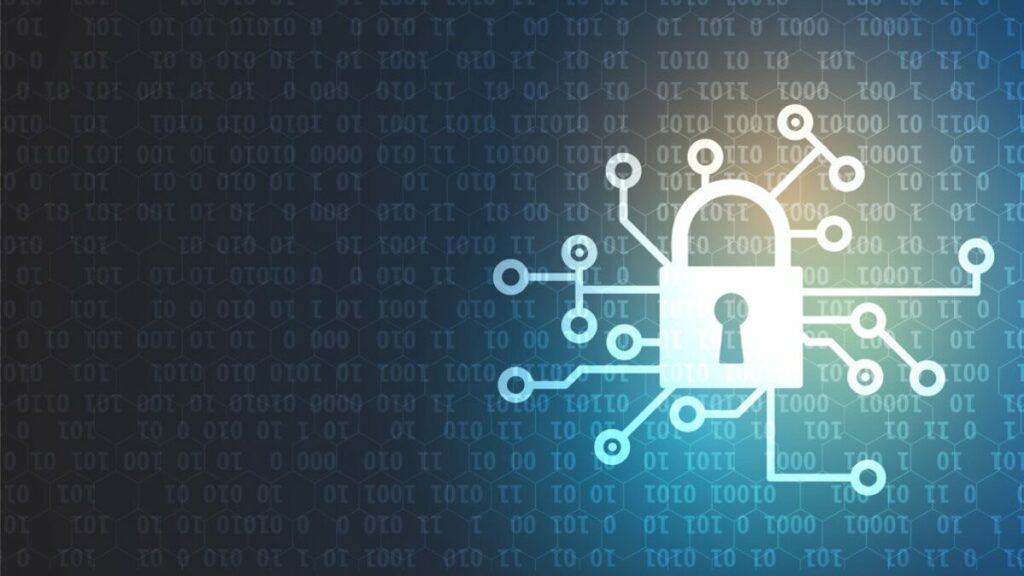You shouldn’t neglect cybersecurity, as businesses increasingly rely on the online world. As the digital landscape evolves, so do the challenges posed by cybercriminals who seek to exploit weaknesses in electronic devices, networks, and sensitive information.
The cybersecurity landscape is expanding spectacularly, and 2023 is no exception. There’s more data to keep safe and more tech tools to help us implement the security. In this article, we will go through our predictions for the future of cybersecurity not only during 2023 but in the next following years.
Increased Emphasis on Data Storage Security
There’s an incoming stream of cyberattacks, which get more sophisticated with each day that passes. The need for data storage security cannot be overlooked, as every organization must protect its sensitive data. Whether it’s business files or customer personal information, you must take the extra steps and secure it.
The online world is more popular than ever, and securing data storage has become challenging for businesses. Remote employees on the one side, remote customers on the other. It’s hard to keep up with cybercriminals, but you can keep your data safe in cloud storage units or old-school physical hard drives. By using the latter, however, you always run the risk of data loss due to the relatively unstable nature of physical storage. When keeping your files on a virtual cloud, you will be able to recover them at any point in time and regardless of your location. This is why such solutions are being implemented by international businesses worldwide.
Beware of the consequences of data breaches – it ranges from financial losses to reputational damage. Therefore, you must prioritize data storage security and safeguard sensitive information.
Cybersecurity Automation
Who doesn’t like having a personal robot that gets repetitive tasks done? We expect to see a mass adoption of cybersecurity automation tools like machine learning and AI. They can improve threat detection and response times when the time really matters. Simply put, you can set it up and receive real-time information about all the routine checks you’d do to check for potential threats.
By automating routine tasks, cybersecurity professionals can focus on more complex issues, such as identifying new and emerging threats. Automation can also address the cybersecurity skills shortage by reducing the need for human intervention in routine tasks. Therefore, cybersecurity professionals can work on higher-level tasks that require specialized expertise. Overall, integrating automation is expected to improve the efficiency and effectiveness of cybersecurity measures.
More Zero-Trust Security
If you’re looking for a reliable encryption method, you’d love zero-trust security. It is built on the concept that nobody should be trusted, and every person must authenticate themselves before accessing any data. The model relies on multiple layers of security, including robust data encryption at all times.
For example, Google has a Zero Trust Security model, which protects its internal resources. Every access request is granted based on the user’s identity, device health, location, and context.
Data encryption can prevent unauthorized access and interception. Everyone prefers to work remotely, and that’s where zero trust security comes in handy. It is crucial to secure sensitive data and protect it against cyberattacks.
Increased Focus on Identity and Access Management
Data breaches have been an issue for long enough, and businesses are moving towards implementing new authorization methods beyond just passwords. Organizations increasingly focus on identity and access management (IAM) tools. Their main task is preventing unauthorized access to sensible data.
One example is multi-factor authentication (MFA), which verifies users each time they access their accounts. Many companies have already introduced MFA in their products to enhance security. IAM also includes privilege management, which limits access to necessities for a user to perform their job. Additionally, it adds an extra layer using data encryption.
The Rise of Quantum Computing
Quantum computing technology continues advancing, as do concerns over its potential impact on cybersecurity. Many would argue whether quantum computing is a threat to cybersecurity in the future. With the ability to perform complex calculations and break traditional encryption methods, quantum computing could potentially render current cybersecurity measures useless.
As a result, researchers are exploring new methods of encryption and security that can withstand attacks from quantum computers. One solution is post-quantum cryptography, which uses mathematical algorithms that are believed to resist quantum computing attacks. While still in the early stages of development, post-quantum cryptography could be essential in protecting sensitive data in the future. The rise of quantum computing has spurred a renewed emphasis on cybersecurity research and innovation.
Conclusion
The cybersecurity landscape constantly evolves, and keeping up is essential. In 2023 and beyond, we can expect an increased emphasis on data storage security, cybersecurity automation, the impact of quantum computing, and much more.
These changes will present both new challenges and opportunities in the field. Individuals and organizations must proactively search for new methods to keep data protected. One of the trending options is to take advantage of identity and access management tools. As time goes on, we’re looking for a brighter digital future by staying informed and vigilant.
